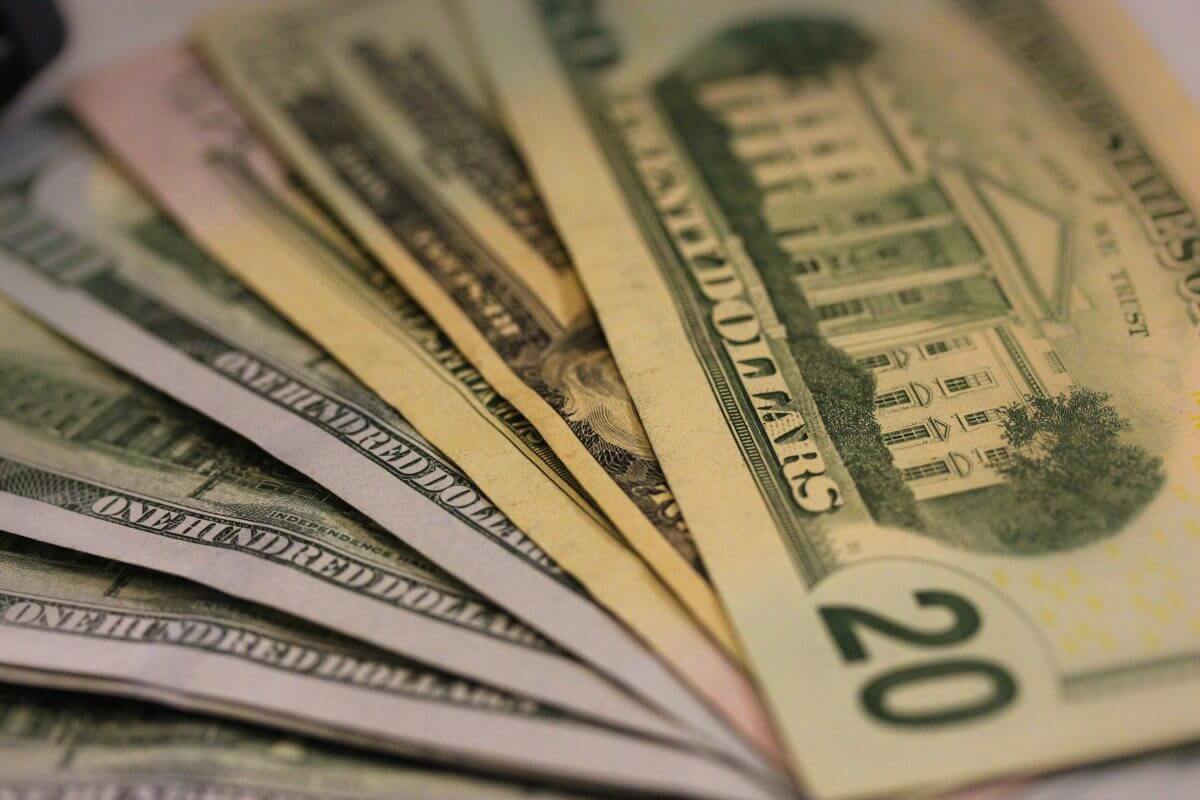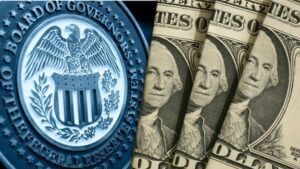The U.S. dollar seemed set to break a two-day losing streak on Thursday. The Japanese yen also surged forward after a Russian news report of mortar fire in eastern Ukraine caused worries on the market and boosted safe-haven bets.
The dollar declined from highs in Asia after the news broke. However, investors are still concerned that Russia will attack Ukraine, burnishing the greenback’s safe-haven appeal. At the start of this week, there was some optimism that a diplomatic solution would be found to prevent conflict, but traders are far from sure. Against a basket of the six rival currencies, the U.S. dollar firmed at 95.751 on Thursday. Before that, it had soared above 96 in early Asian trading. The currency plunged to a February 11 low in the previous session.
According to the RIA news agency, Russia-backed rebels recently accused Ukrainian forces of shelling their territory in violation of agreements. The latter are aimed at ending the conflict in the contested Donbas area. Ukraine denied this report, though.
In a sign that Forex markets were not panicking, the Russian currency remained below a November 2020 high of 80 hit last month. At the same time, bond yields climbed up modestly, while Ukraine and Russia’s sovereign dollar bond prices tumbled down.
Brown Brothers Harriman strategists noted that the situation remains fluid. They believe markets will remain subject to bouts of risk-on, risk-off in the coming days. Analysts also added that the dollar uptrend would likely remain intact between risk-off impulses and the still-evolving Fed outlook.
Fed meeting eclipsed by Russia-Ukraine tensions
The geopolitical news eclipsed the minutes of the Federal Reserve’s January meeting. Policymakers agreed it was time to tighten monetary policy. However, their decisions will also depend on a meeting-by-meeting analysis of data.
Short-dated U.S. Treasury yields plunged, and the yield curve steepened after the minutes as investors contemplated the probability of a 50 basis point (bps) hike at the agency’s March meeting. Forex markets were pricing in a 72% likelihood of a 50 bps hike next month.
In Europe, the common currency recovered after plummeting as much as 0.4% on the Ukraine news. However, Ukraine’s denial, along with the location of the reported attack within an already contested territory, calmed traders. As a result, the euro last exchanged hands at $1.1373. On Thursday, the yen and Swiss franc also extended gains, jumping by 0.3% and 0.2% respectively against the greenback.
How did the EM currencies fare?
Turkey’s lira declined today ahead of a central bank decision on the one-week repo rate. The Russian rouble also dropped at one point after media reported that Ukrainian government forces attacked Russia-backed separatists.
The lira shaved off 0.2%. Overall, it decreased by 0.8% during this week. Some analysts expect Turkey’s central bank to keep its one-week repo rate unchanged at 14% later in the day.
The Turkish central bank has been under pressure from President Tayyip Erdogan. It has slashed its policy rate by 500 basis points since September, causing a currency crisis late last year and sending inflation higher to near 50%.
Antje Praefcke, an FX and emerging markets analyst at Commerzbank, noted that it seems the bank aims to keep the key rate stable for now, as well as avoid cutting it further by engaging the measures introduced recently. The analyst also added that further key rate cuts involve the risk of a renewed wave of lira depreciation, and the officials have no doubt recognized that fact.
What about the other currencies?
Most EM currencies tumbled down after the dollar’s rally and other safe havens’ gains. Russia’s rouble lost 0.7%, while major European, Middle Eastern, and African currencies also declined. Despite Thursday’s drop, the rouble has been able to gain significantly this week. That was mostly thanks to an interest rate hike by the Russian central bank, as well as soaring oil prices and a pause in foreign currency purchases, which made the rouble an attractive bet for investors.
On Thursday, the MSCI’s emerging markets eastern Europe sub-index plummeted down by 2.2%. At the same time, South Africa’s rand climbed up by 0.2% as gold prices soared amid geopolitical tensions. Blue-chip stocks in the region also surged forward by 0.5%.
According to South African miner Gold Fields Ltd, it experienced a 20% jump in full-year profit. Despite that, shares decreased by 0.9% as the company flagged growing cost pressures.










